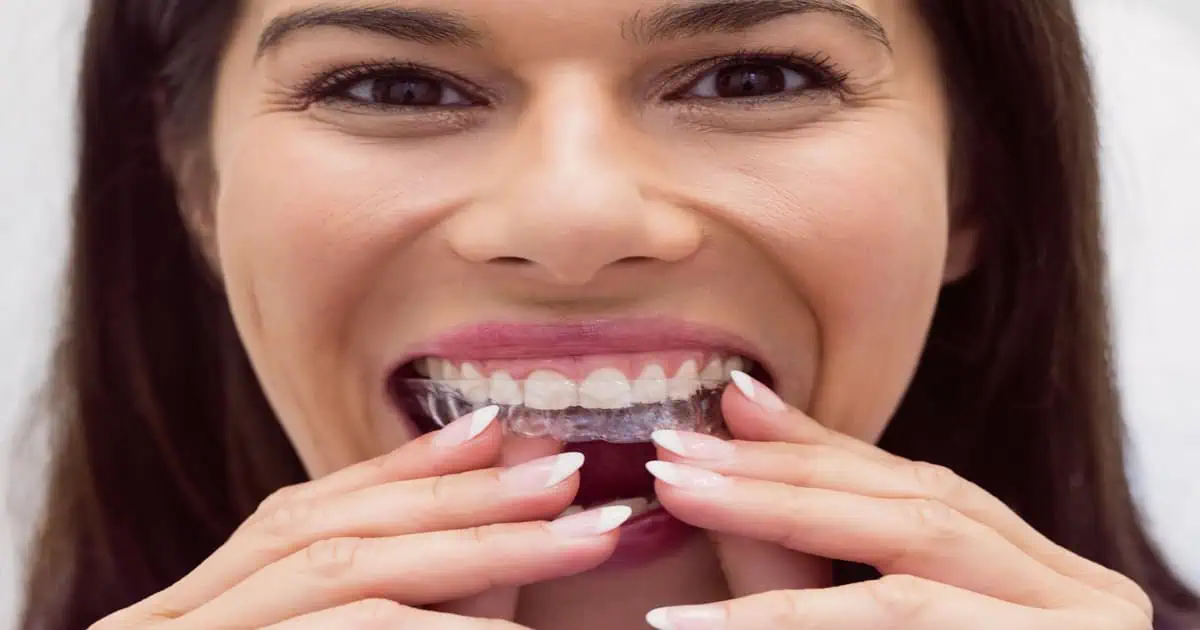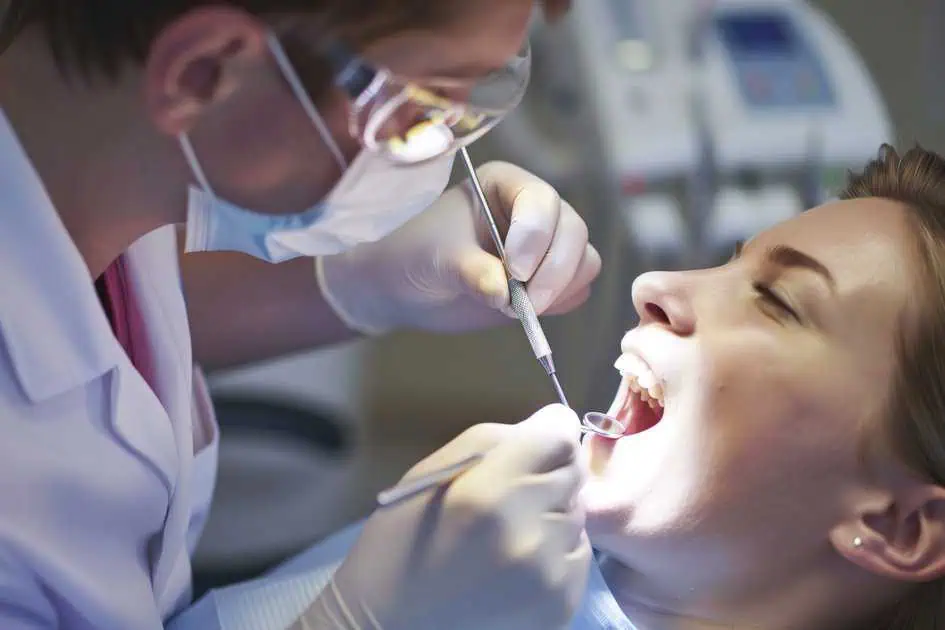Have you ever stood beside a rushing river and watched the current carry wood and leaves quickly past? Your blood pulses through your body at a similar pace. Every twenty seconds, blood completes a round trip from head to toe. This closed system averages 100,000 miles of veins, arteries, and capillaries and delivers many vital components to sustain life.
Sometimes the system breaks open and dangerous invaders enter the bloodstream. While we often think of a cut or scrape on the skin as the entry point, the lining of the mouth offers an ideal backdoor. Over thirty square inches of tissue cover the mouth and provide a home to billions of bacteria. A unique collar of gum tissue surrounds each of the teeth, and a few potent strains of bacteria can take up residence in this hidden enclave. These microorganisms produce toxins, and the immune system reacts to them with a rush of inflammation. The delicate vessels of the gums deteriorate from the reaction, and bleeding begins.
It doesn’t take long for potent bacteria to enter the river of life. Within seconds, they’re reaching the fine vessels of the brain and slipping through the coronary arteries. They’re meandering into joints, organs, and fetuses of expectant mothers. In 2010, scientists at Case Western Reserve University were asked to investigate a stillborn case in a 35-year old mother who suffered from gum disease. Plaque samples from the woman’s teeth tested positive for the precise strain of oral bacteria discovered in the stomach and lungs of the fetus.
“Once the bacteria are in the blood, they can go almost anywhere,” Yiping Han, a Case Western Reserve professor of periodontics and pathology said. “The placenta is an immuno-suppressed organ, compared to other organs like the liver and the spleen. And that makes it easy for the bacteria to colonize the placenta.”
While this single case shouldn’t create anxiety for expectant mothers, it highlights the importance of dental health. Oral bacteria may aggravate the body in different ways, and damage may come in various forms. From a 30,000 foot view, chronic inflammation anywhere in the body can exacerbate other conditions. Diabetes is known to worsen gum disease, but the opposite is also true: Gum disease negatively influences control of blood sugar. On a microscopic level, oral bacteria have been identified in the lining of damaged coronary arteries.
CANCER, TOO?
As the search for a cancer cure intensifies, a preventive focus still promises the best defense against the disease. While many people don’t correlate unhealthy gums with cancer, recent research does draw a link. In a study of 48,000 men, those with a history of gum disease carried a 36 percent increased risk of lung cancer, a 49 percent increased risk of kidney cancer, and a 54 percent higher risk of pancreatic cancer. We still don’t know all the reasons why, but saving your teeth could mean saving your life.
If bleeding gums could be patched together, they’d be equivalent to a 2×2 inch open wound on the skin. Saturated with bacteria, a gash of this size anywhere on the body needs attention. When gum disease remains uncontrolled in the mouth, the door stays open indefinitely as a large wound. As a result, a steady supply of bacteria ends up in areas of the body they don’t belong.
HERE’S TO YOUR HEALTH
Every effort you make to keep your mouth healthy helps ensure you’ll keep your teeth for the rest of your life. The evidence continues to build that a preventive focus may add years to your life, too. Dental care that combines your efforts with our periodic oversight will keep you smiling and active for years to come!







